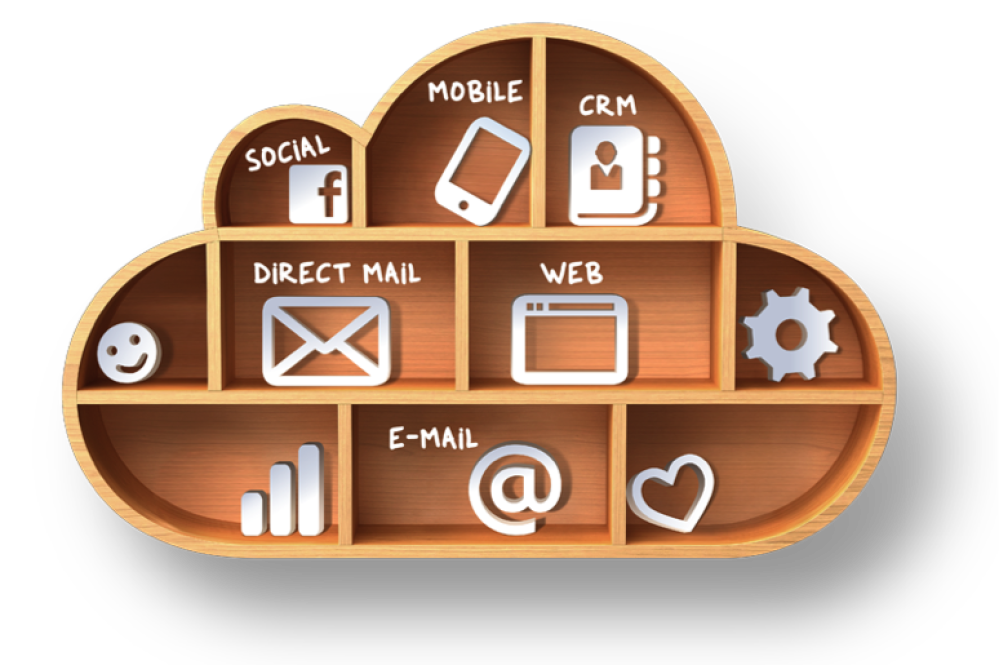Sleeplessness, Inattentiveness and Digital Marketing
09 Feb 2015

We’ve all met the person who needs to print stuff out before they read it. The hapless individual determined to hold on to antiquated tradition.
‘You don’t know what you’re missing! Here’s a tablet for you to read it on. Its faster, will save money, and will save more trees’ says the new-age digital guru.
‘You have a point, but I just can’t read it without printing it’ insists the ‘dinosaur’.
There is compelling industry data, as evidenced in Anton Group’s Malcolm Lane-Ley’s superb recent blog post, confirming that printed collateral still has a higher perceived value than digital media.
I doubt many will disagree with the basic supposition that reading from a computer or tablet screen has a temporal, transient feel when compared with reading from a tactile piece of paper. It seems we are naturally predisposed to concentrating more when reading from paper.
In other words, to internalise the message contained within a printed document we need to properly turn our attention and give it quality brain time.
There is a fundamental difference in the way we perceive reflected light compared to emitted light. When we read from printed matter we are in effect perceiving the ambient light reflected from the ink and paper. With the possible exception of Kindle, our phones, tablets and monitors directly pump light to our eyes.
But do we have the time during our busy schedules for that? Are we so used to the immediacy of digital that we have convinced ourselves that we need everything here and now, even at the expense of quality concentration?
The Research
In a recent survey published in Nature magazine and the Guardian, Charles Czeisler, researcher at Harvard and director of sleep medicine at Brigham and Women's Hospital in Boston, ‘brings compelling research that the raised blue and green frequencies of light emitted from screens suppress Melatonin, the hormone that induces sleep. So, while the instant gratification of emailing, blogging, reading, or watching on our tablets at night may seem harmless, our brains are being duped out of their natural sleep pattern. As a result we sleep less (5% of us sleep less than 5 hours a night and 30% less than 6). And so we wake up tired, and we use caffeine to maintain our daily schedule.Reduced sleep affects people differently, all adversely. This is leading to what the CDC is calling a public health epidemic.’
This alarming research suggests that an increased digital lifestyle is causing a three-phased addictive attention deficit process.
1. The immediate availability of digital makes it easy to lose discipline in our daily cycle.
2. The immediate gratification of consuming digital causes a lack of sleep.
3. The resulting lack of sleep causes a cycle of general inattentiveness.
And the cycle repeats itself. Day by day we become more tired, doped by the tiredness causes by our addiction to digital content.
Who’s the dinosaur now?
Finding a balance Print and Digital Communications
I’m not for one moment promoting a print-based marketing counter-culture. While the ‘emitted light phenomenon’ gives more weight to the value of printed marketing, we can’t deny the huge benefits of digital communications. These include immediacy, personalisation, measurability, and of course – cost.
A key driver in justifying budgets is measurability. Printed material may be desirable but when it is handed to the recipient there is simply no way of knowing what they did with it, or if they read it at all.
We can conclude that if we want our audience to properly concentrate and internalise our message, it would be best done with print. The caveat being that they must want to read it, and that the content is adequately personalised to what they want to read.
All this begs two fundamental questions for marketers considering how to exploit the inherent benefits of print media, however personalised and focused, in a multi-channel environment:
1. For marketers who lead with print, how do we ‘lift’ the reader from the paper and get them into a digital data-dialogue?
2. For marketers who lead with digital marketing, what point in the process would introducing personalised, data-driven print piece have greatest impact?
Functionally speaking, the key to re-introducing print media is that it must be seamlessly integrated and joined-up within the automated, data-driven, on-demand processes that many currently perceive as exclusive to online digital communication. This technology exists.

Please login to comment.
Comments